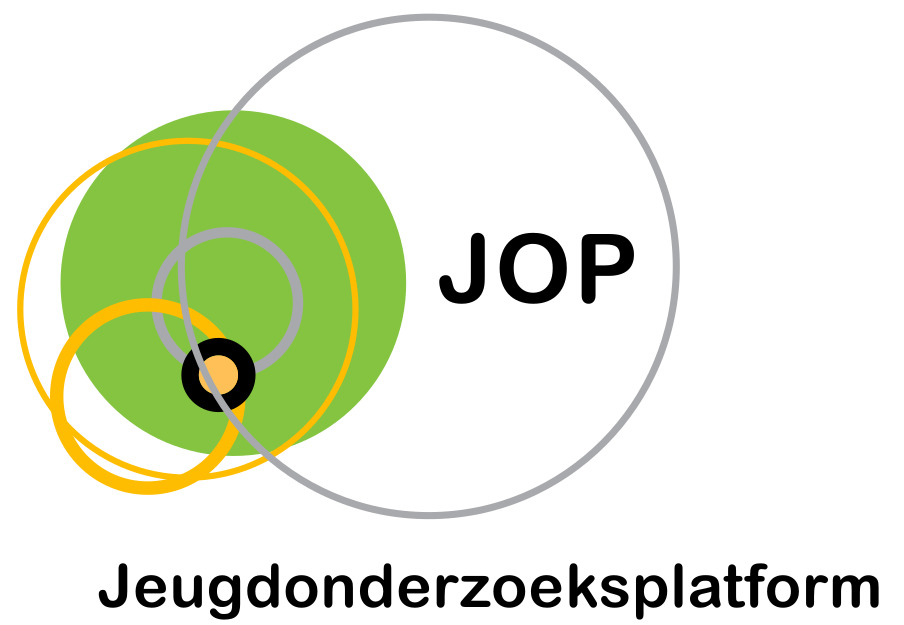Adolescents’ real-time social and affective experiences of online and face-to-face interactions
Auteurs
Achterhof, R., Kirtley, O. J., Schneider, M., Hagemann, N., Hermans, K. S. F. M., Hiekkaranta, A. P., Lecei, A., Lafit, G., & Myin-Germeys, I.

Abstract
Er bestaat veel onenigheid over de relatie tussen digitale communicatie en het welzijn van adolescenten. Inzichten op micro-niveau in de directe effecten van online interacties op affectieve ervaringen in het dagelijks leven zijn essentieel om deze discussie vooruit te helpen. In deze geregistreerde studie werd gebruik gemaakt van een ervaringssteekproef bij 1705 adolescenten uit de algemene populatie (n = 43.226 totale observaties) om verschillende emotionele en sociale ervaringen te onderzoeken op het moment dat zij deelnemen aan online en face-to-face sociale interacties. Adolescenten rapporteerden significant minder positief affect wanneer zij alleen waren vergeleken met wanneer zij online interacteerden (B(SE) = -0.15 (0.04), p = .001), maar significant meer positief affect (B(SE) = 0.12 (0.04), p < .001), minder negatief affect (B(SE) = -0.12 (0.03), p < .001), en minder eenzaamheid (B(SE) = -0.65 (0.05), p < .001) bij face-to-face interacties in vergelijking met online interacties. Exploratieve moderatoranalyses ondersteunen niet de hypothese dat adolescenten met meer sociale steun grotere voordelen halen uit online interacties. Deze studie belicht op unieke wijze zowel de tijdelijke affectieve voordelen als de potentiële nadelen van online interacties, en biedt daarmee verduidelijking en nuance aan dit zeer omstreden onderwerp
Much disagreement exists surrounding the relationship between digital communication and adolescent well-being. Micro-level insight into the direct effect of online interaction on affective experiences in daily life is crucial to advancing this discussion. In this registered study, we used experience sampling in 1705 general-population adolescents (n = 43.226 total observations) to examine different emotional and social experiences, at the moment they engage in online and face-to-face social interactions. Adolescents reported significantly less positive affect when alone compared to when interacting online (B(SE) = -0.15 (0.04), p = .001), but significantly more positive affect (B(SE) = 0.12 (0.04), p < .001) and less negative affect (B(SE) = -0.12 (0.03), p < .001) and loneliness (B(SE) = -0.65 (0.05), p < .001) when interacting face-to-face compared to online. Exploratory moderator analyses do not support the hypothesis that those with more social support experience greater benefits from online interaction. This study uniquely highlights both the momentary affective benefits and potential disadvantages of online interaction, thereby bringing clarification and nuance to this highly contentious topic.
Referentie
Achterhof, R., Kirtley, O. J., Schneider, M., Hagemann, N., Hermans, K. S. F. M., Hiekkaranta, A. P., Lecei, A., Lafit, G., & Myin-Germeys, I. (2022). Adolescents’ real-time social and affective experiences of online and face-to-face interactions. Computers in Human Behavior, 129, 107159.
Taal
Engels
Publicatievorm
Tijdschriftartikel
ISBN – DOI
DOI: 107159
